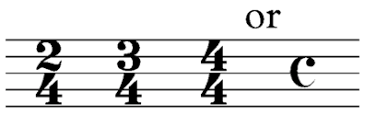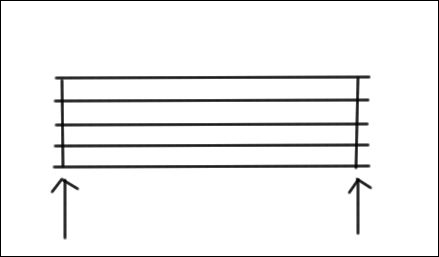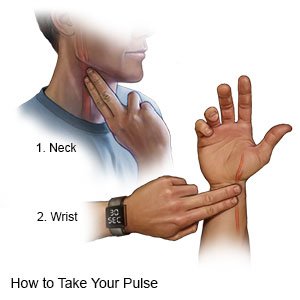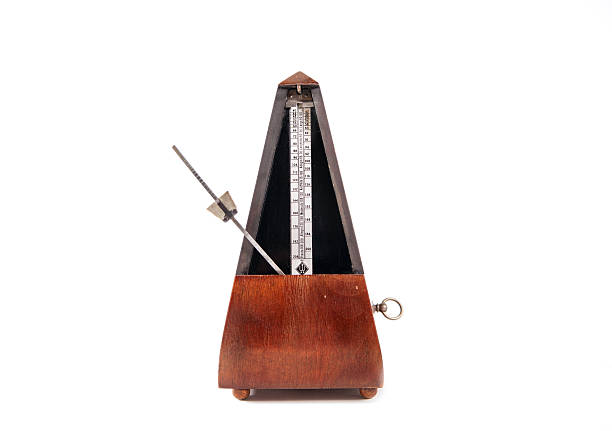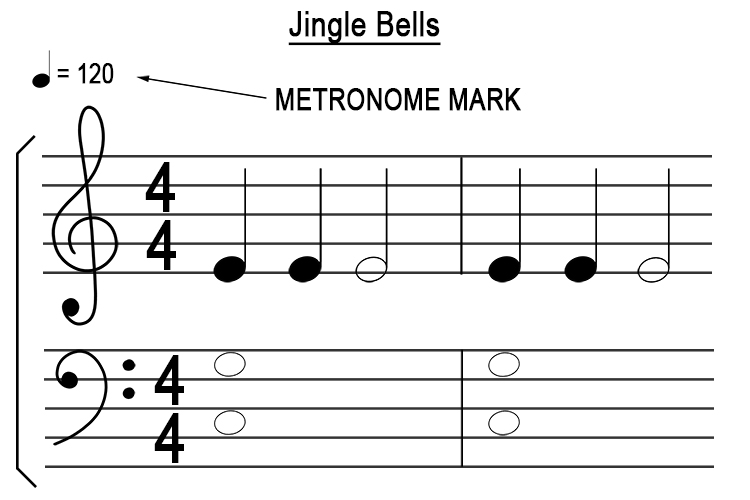I’m still buzzing after last weekend’s Street Choirs Festival in Sheffield. Three choirs hosted it together – Carfield, Out Aloud, and the Sheffield Socialist Choir.
Those of us on the committee – that’s nine people, three from each choir – have been meeting once a fortnight since July last year to make it happen (and actually that’s quite a short time to organise such a massive event.) We made checklists and got invaluable advice from people who’d done it before, and dedicated much of our lives to reading Street-Choirs-related emails. At peak time a couple of weeks ago I got 22 in an hour.
As the date approached it started feeling a little unreal, but then on Friday afternoon people I didn’t know started turning up at the Octagon. People from outside Sheffield, who’d come to Street Choirs. We’d made it happen!
We’d changed things up a bit this year, moving the Massed Sing practice to the Friday evening, but I thought that worked really well. We opened with a song from the three host choirs combined, which made it feel welcoming and like a performance, and then raced through all the songs pretty swiftly, and finished the evening with brilliant sets from The Sparkle Sistaz and The Young ‘Uns.
Until last Friday, I’d never conducted more than 40 people at once. On Friday I conducted 130, our Festival Choir of the combined host choirs. We had to rehearse in a room meant for 80, which meant I was about 18 inches from the front row, because the stage hadn’t been built in time – but when we performed it was amazing. Everyone had rehearsed separately and the three choirs came together as one. Hearing them sing a song I’d written (Choir Where I Belong) was incredible. Five minutes later I was leading nearly 1000 people – which I had been extremely nervous about. I thought it would be like steering a very large oil tanker but I found the hall full of singers very responsive. They really had learnt the songs in advance this year and the sound surrounding me was phenomenal.
Saturday morning saw 40 choirs singing in 13 locations around the city centre, converging at the Peace Gardens where 1000 of us sang together at lunchtime. The picture at the top gives you an idea of what that looked like from the Alto end. It’s quite an experience (although it’s always hard to hear the other parts if there are 300+ of yours). There was a fantastic crowd there to watch, and it was really stirring.
In the afternoon and evening, we had concerts where each choir sang to everyone else – 35 of them, at any rate, as we couldn’t fit any more in. I love watching other choirs – it’s fascinating and I often pick up new repertoire at Street Choirs. I’ve got notes in my programme as to which choir directors I’ll be contacting to find out more about their songs. At about 10.45, after Out Aloud’s fantastic closing set, the other two host choirs joined them on stage and we sang a rousing Hail, Smiling Morn to finish. And then people sang in the bar till it closed at 1am.
There’s lots more photos here on the Street Choirs website (live till the end of July 2024) and videos on our videos page.















